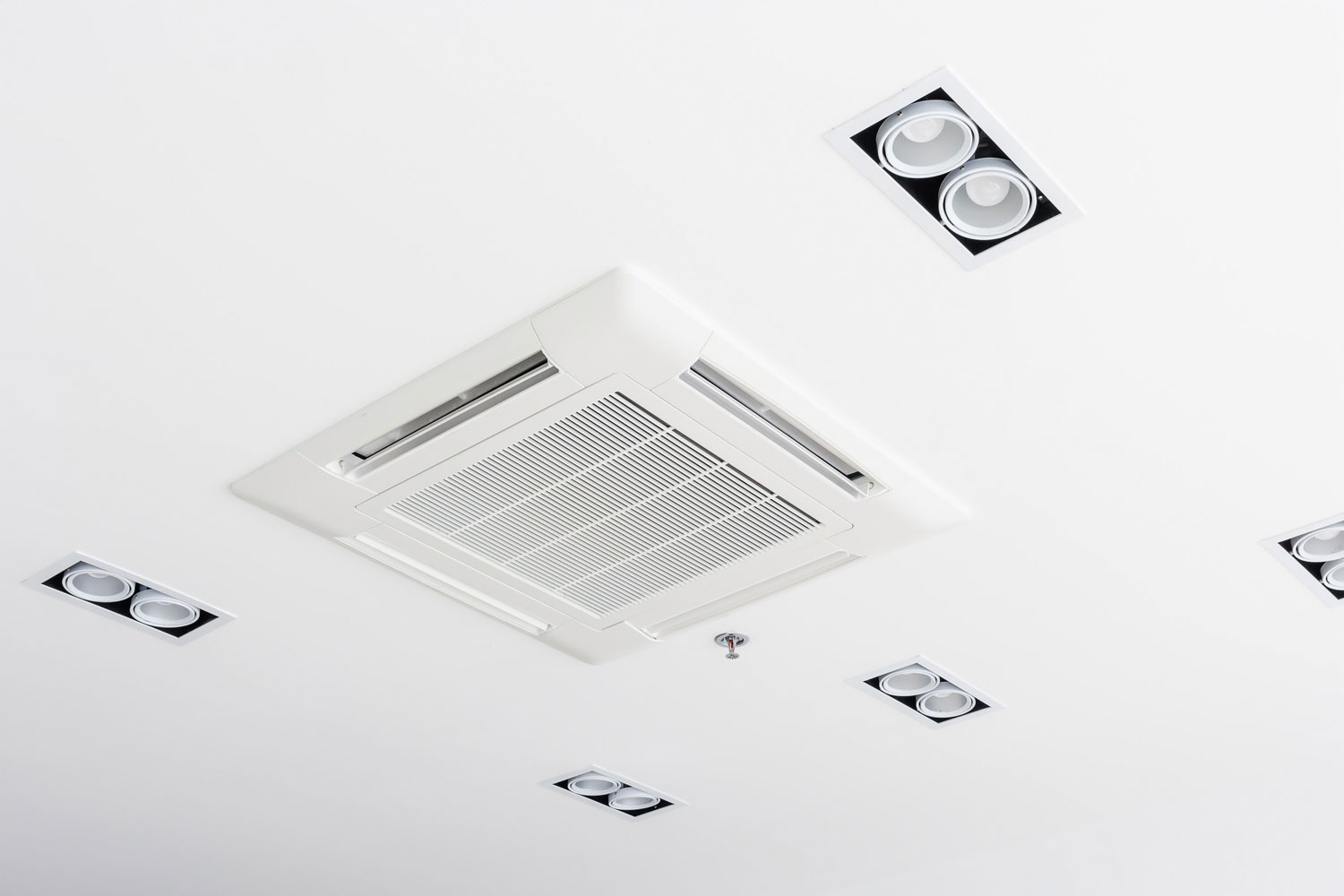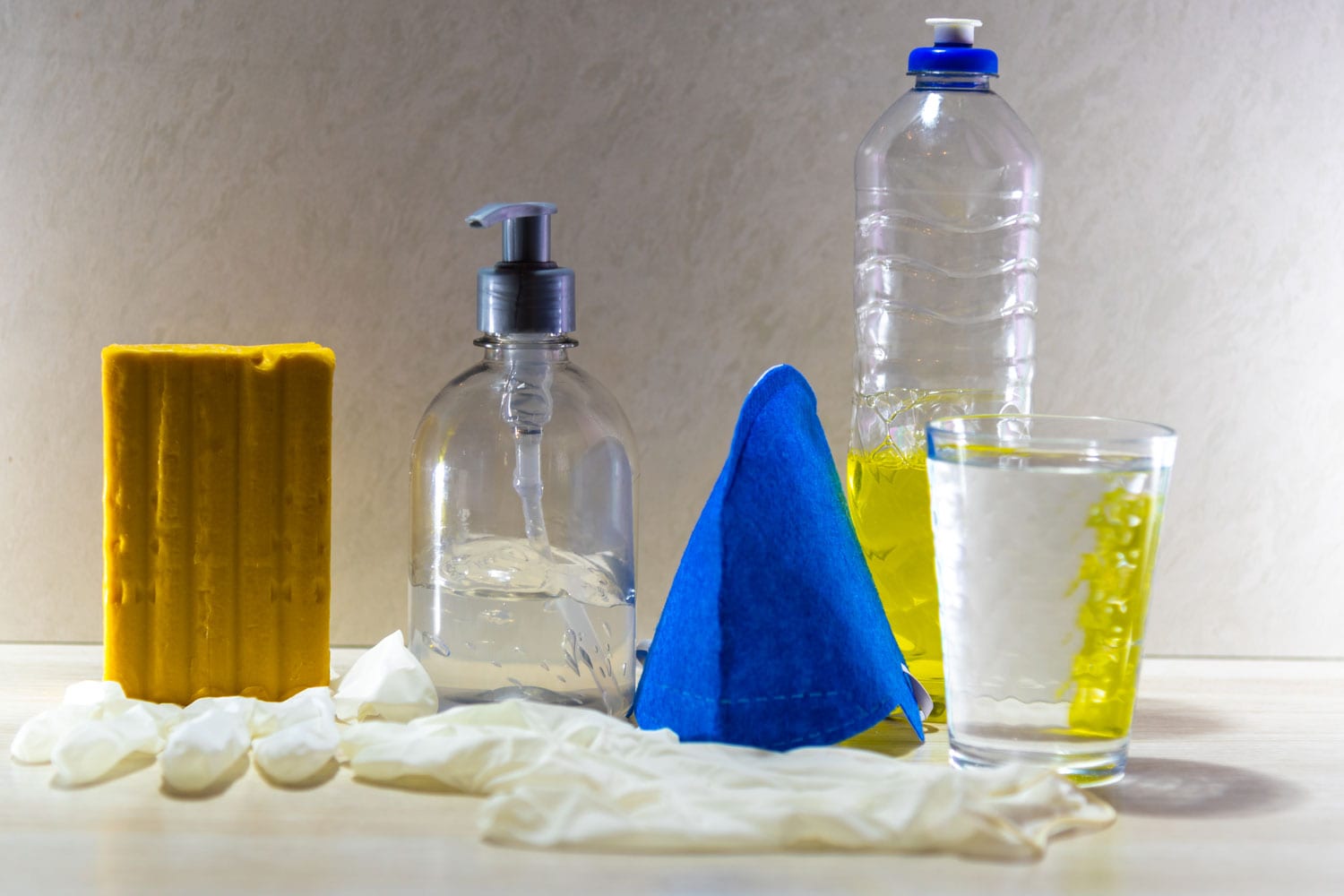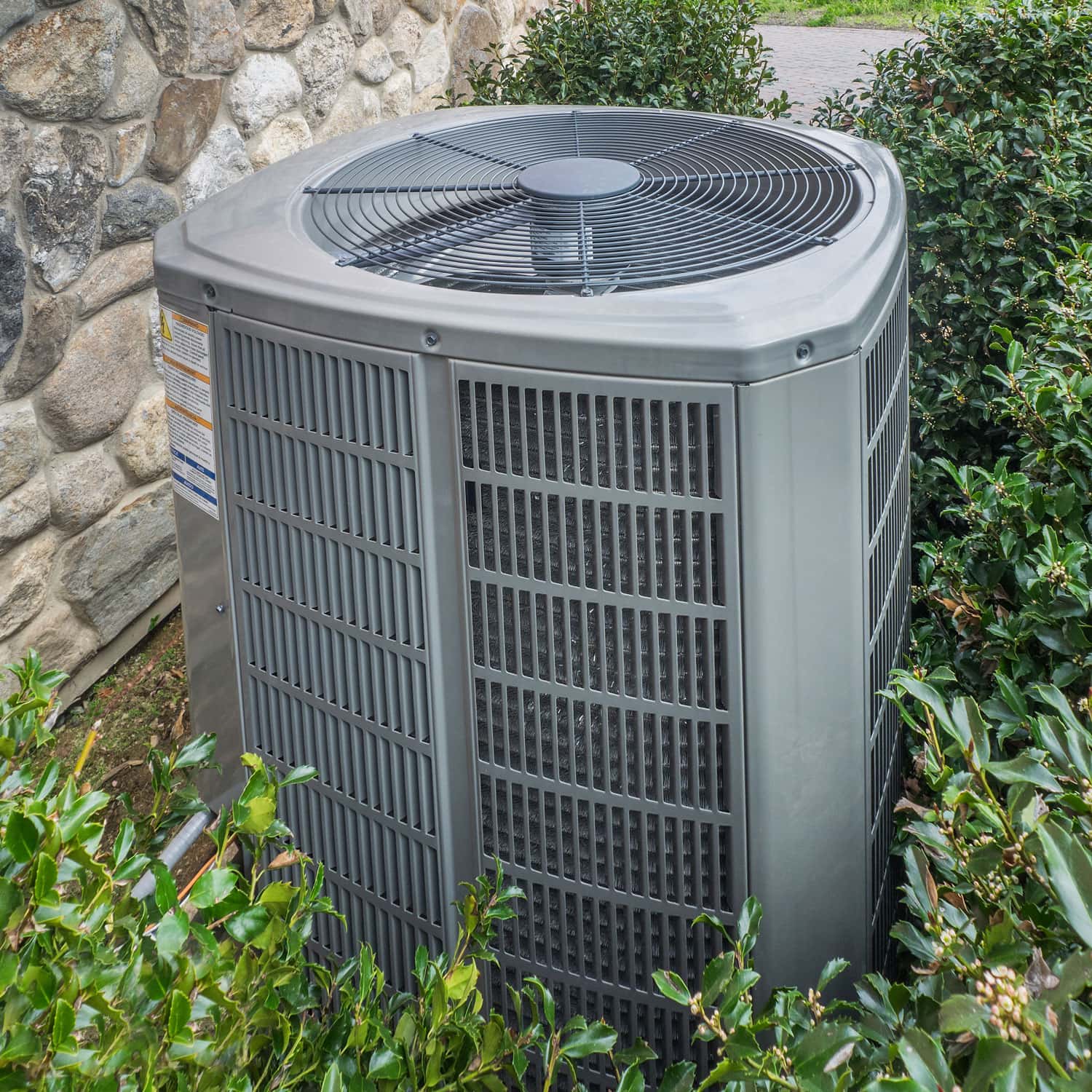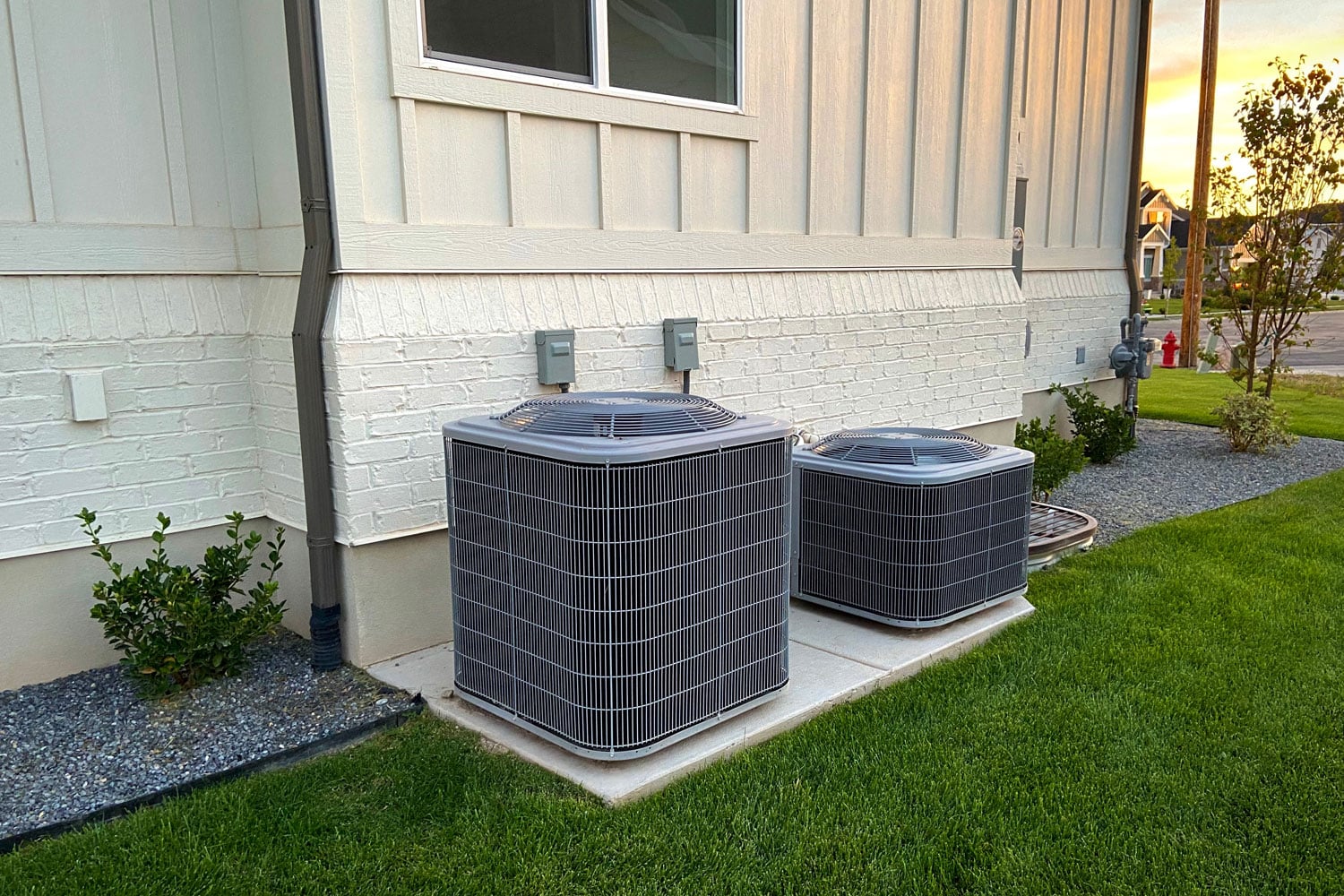You've noticed that your AC drip pan has water filling up, and you don't know how much the pan could hold. Well, you're in the right place because we've already researched the best answer for you.
You'll find water in the AC drip pan because its job is to catch water droplets. Rest assured that it's normal as long as the water stays within the drip pan's edges. Once it rises too high, you should check for clogged drain holes, dirty filters, or a broken pipe, as it may lead to severe problems.
But there's nothing to worry about. Keep reading as we dive into the underlying causes and any repair tips if your AC drip pan is overflowing with water.

Where does the water on the drip pan come from?
This component of the central air system, also known as an AC drain pan, catches the water droplets that result from the air cooling process. You'll see it installed underneath the evaporator coils.
When the air conditioner is set to cool, the moisture it removes condenses, and this compressed refrigerant fills the evaporator coils, lowering their temperature to near freezing. It draws warm air into the room through the air ducts and then cools by passing it over the evaporator coils before being released back into the room. The droplets form and collect from the evaporator coils and drip into the air conditioner pan.

The AC drip pan prevents water from dripping all over your house and the HVAC system's components, avoiding major problems.
Why is my AC drip pan full of water?
Because the AC drip pan serves as a reservoir of droplets coming from the evaporator coil, it's perfectly normal to find water on it as long as it does not sit and flow out of the pan but instead emptied through the drain pipe. If you find it full of water and dripping out of your pan, any of the following might be the culprit:
- Clogging of the drainpipe is the most common cause of pooling water in the AC drip pan. When condensation occurs, dirt and debris collect on the evaporator coils in addition to water. If the dirt drips into the drain pan, it can build up over time and clog the drain pipe. The clogging is likely to cause an overflowing drip pan, which in some HVAC models will cause an automatic shut-off.
- If your refrigerant levels are low, the evaporator coil is more likely to freeze. With low refrigerant levels frequently due to lack of system maintenance or regular check-up such as no change of filters on a regular basis, coils can easily freeze over, leaving you with an AC pan full of water and a mess to clean up.
- You'll have problems if any part of your air conditioner was installed incorrectly. A full AC drain pan could be the result of one of these problems. If your unit was installed or worked on by a technician who was not properly trained or licensed, you could face several maintenance issues.
How much water should come into the AC drain line?
During the summer, the water collection tends to increase. Ensure that you regularly drain the AC unit's water to maintain hygiene. Condensation quickly occurs when you turn on the air conditioner, especially if the air is humid, which indicates that the cooling machine's water accumulation increases at high humidity levels.
Generally, AC drains water around 5 to 20 gallons per day, depending on how long the unit is running and the humidity level outside. While an AC unit draining this much water outside your home is perfectly normal, any amount of water draining inside your house should cause alarm.
How do you unclog an AC drain pan?
- Unplug the air conditioner from the power supply.
- Examine it for leaks or other drainage-related issues.
- If your condensation lines are leaking, make the necessary repairs or replace the faulty pipes or components.
- Reassemble the pieces and drain any water accumulated in the drain pan.
- Use a wet-dry vacuum to remove any stagnant water from your air conditioner.
- Clean the drain pan and use a wet-dry vac to remove excess water.
- Vacuum or wipe away any remaining debris in the drain pan with a rag.
- Remove the PVC cap from the drain pipe, and clean any clogs with a wire brush.
- Once you have completely cleared the clog, add bleach to the water lines to kill any mold that may have contributed to the clogging.
- Replace the drain pipe's PVC cap.
- Check for water in the drain pan and test your air conditioner.
- If more water accumulates in the drain pan, reevaluate the situation and repeat the steps above if the pipe remains clogged.
- If the drainpipe on your air conditioner still has issues after following the steps above, contact an HVAC professional. There are parts of an air conditioner that can malfunction if you fix them incorrectly.
Watch this Youtube video for a visual guide on how to unclog the AC drain pan or AC drain condensate line:
Is bleach or vinegar better for the AC drain line?

Never clean drain lines made of PVC or ABS plastic with bleach. Chlorine bleach eats away at the line as well as the cement and glue that connects the fittings and the drip pan. If your drain line is PVC, clear clogs and debris with only white distilled vinegar, especially during the winter.
Mold, mildew, and algae will grow year-round in your air conditioner drip pan, which most people may overlook.
You can use bleach to clear your drain line during the summer, as the constant flow of condensation from a running unit will wash any bleach residue away. If you use bleach to clean a drain on a non-operational unit, the bleach will remain in the drain pan and line, as we previously stated.
Vinegar and Water Proportion
To clean the drain line using vinegar, you need a 1:1 ratio of vinegar and water (one cup of vinegar requires one cup of water). Locate the AC drain line, which is a white T-shaped PVC. Remove the cap of the line and pour the water and vinegar mixture. Then, put the lid back on when finished.
If you use vinegar as preventative maintenance of your AC drain line throughout the year, you will not only keep your drain clear and clean, but it will also not damage it.
How can you tell if your AC drain is clogged?
You might have a clogging problem if your air conditioner doesn't have a regular maintenance check-up. The most common and noticeable sign of a clog is water leaking in or flooding through the drip pan. You may also experience abnormal odors coming out of the vents or drip pan area. Further indicators could point to your AC not keeping your house at a cool temperature or malfunctioning.
How much does it cost to replace an AC drain pan?

Drip pans do not last indefinitely and must be replaced on occasion. Your drip pan may develop holes and cracks if it is old or corroded. Allowing this situation to persist can result in significant water damage, so knowing how to replace the drip pan is essential.
Find your air conditioning system's make and model number before shopping for a new drip pan. AC drain pan replacement varies from $200 - $600, including the parts and labor, but it always depends on the type and material of the unit.
How to prevent water in your AC drip pan
Regular maintenance tasks on your air conditioner will go a long way toward preventing your drain pan from filling with water. You can avoid problems and catch significant issues early on by having your unit maintained and tuned up regularly.
It's also essential to regularly replace the air conditioner's air filters in your air conditioner. As a homeowner, this is one of the most effective ways to keep your unit running smoothly for as long as possible.
In Closing

Keep in mind that water should flow through your drip pan, but not to the point where it overflows! You can now quickly identify and fix some AC dripping water problems. If you can't, contact an HVAC professional.
Check out these related posts and eliminate further problems with proper AC maintenance:
